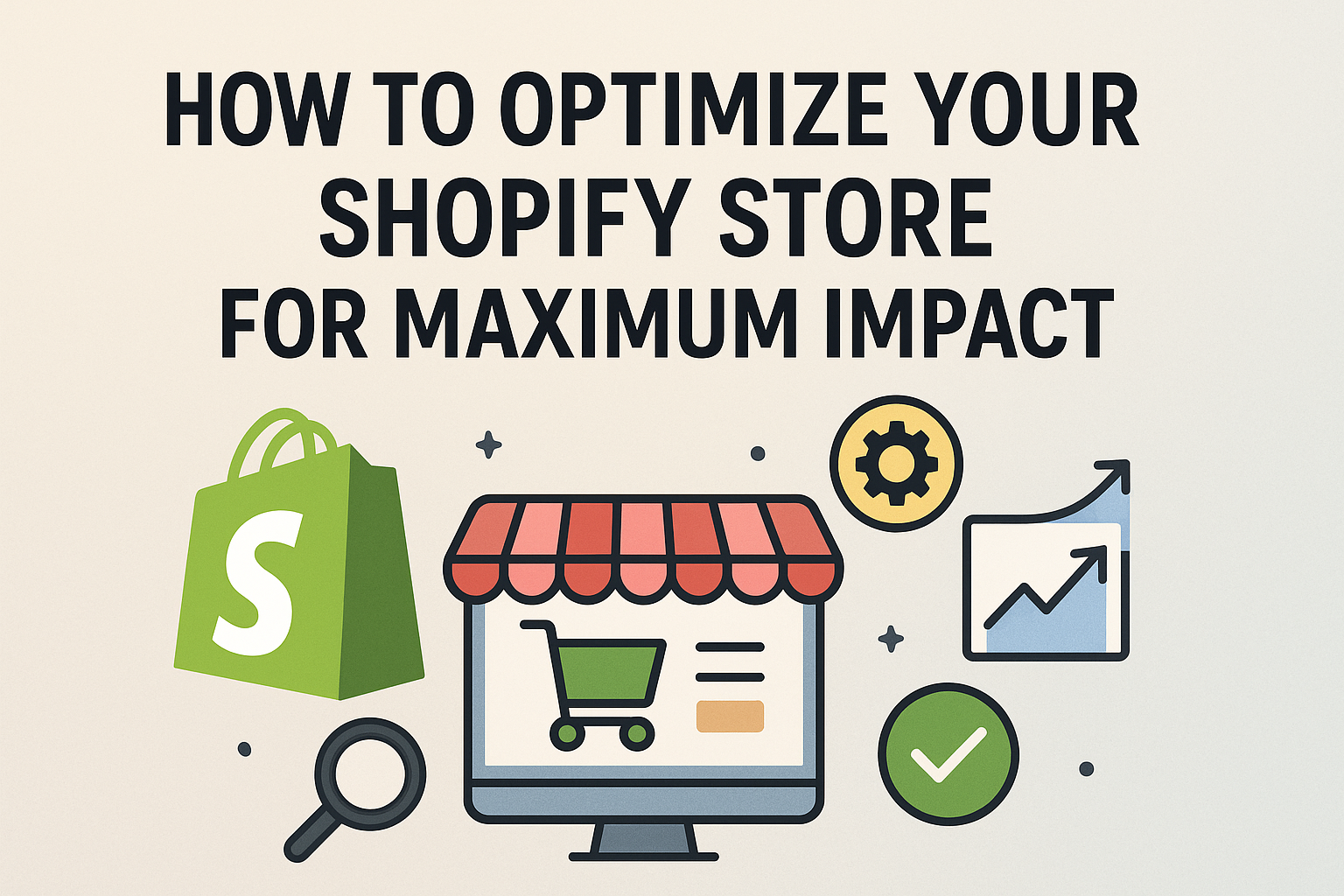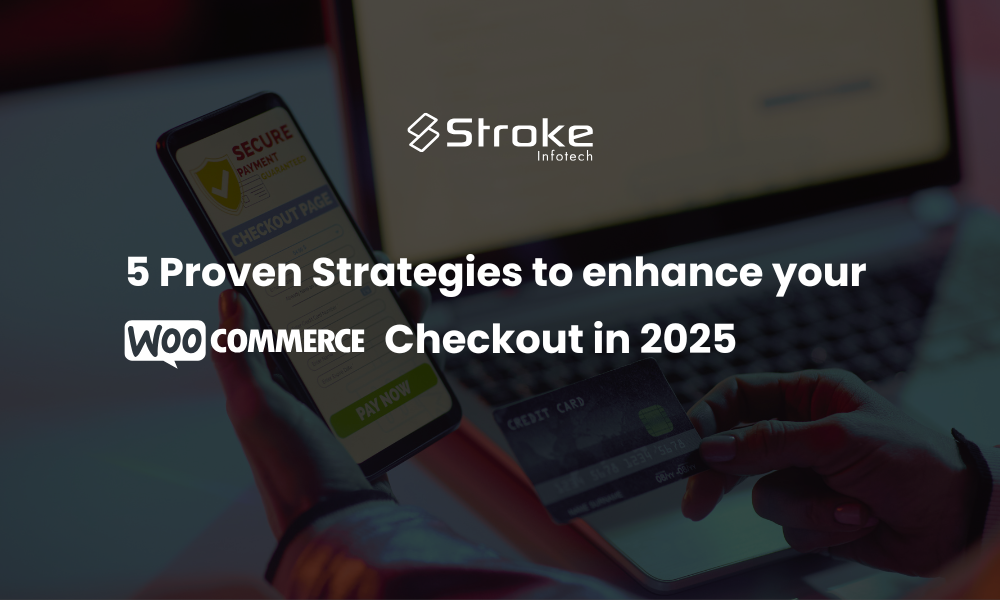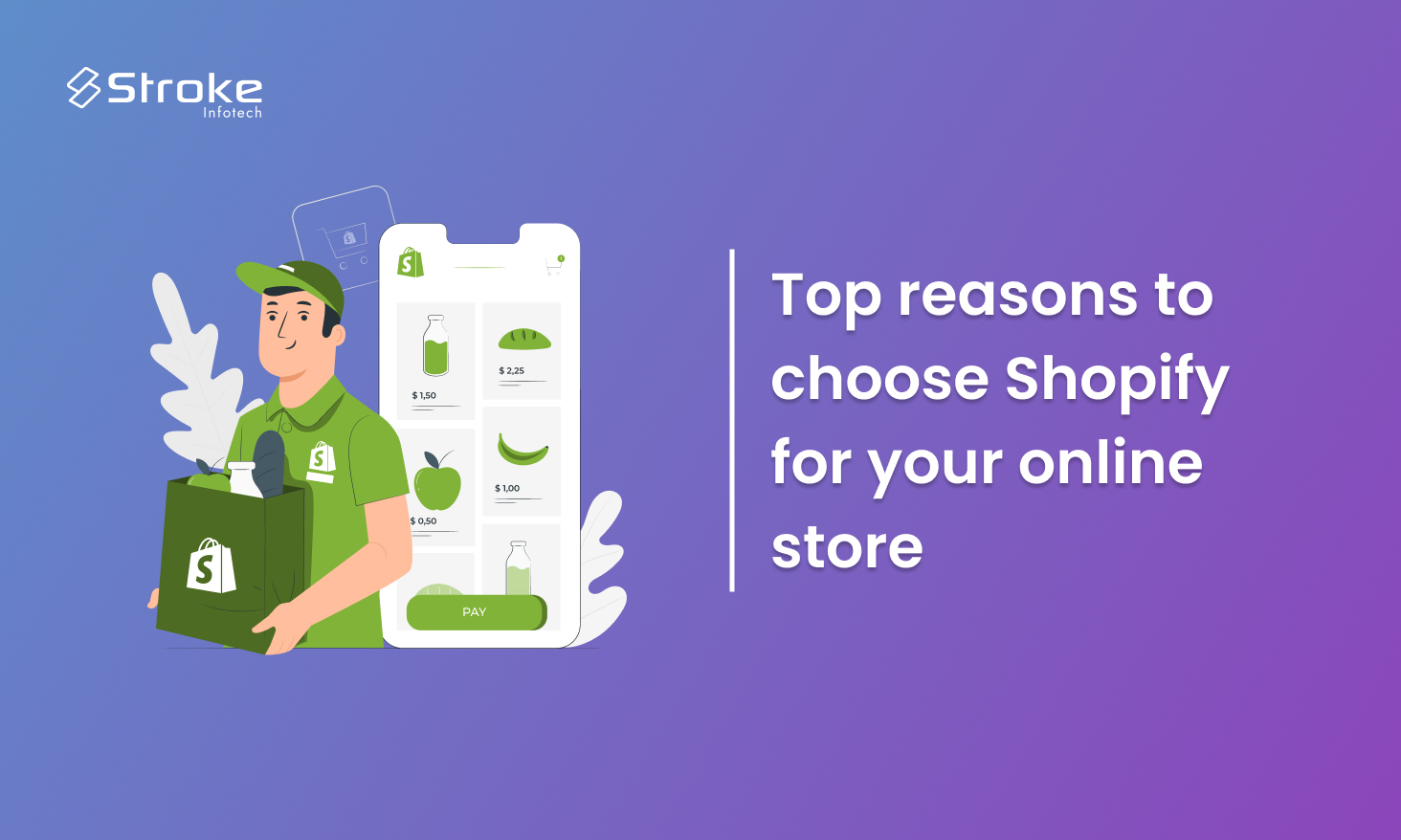Running a Shopify store is more than just uploading products and waiting for sales to roll in. To really crush it, you’ve got to fine-tune your store, boost your user experience, and leverage tools that save time and drive conversions. Whether you’re a newbie or have been at this for a while, optimizing your Shopify store is an ongoing game — here’s how you can level up with detailed steps, apps, and tips.
Nail Your Store Design and User Experience
Your store’s design sets the tone for your brand. A clean, fast-loading, and intuitive site is essential.
- Choose the Right Theme: Shopify offers a variety of themes tailored for different industries. Pick one that matches your brand style but keeps load times low. Popular themes like Debut or Dawn are optimized for speed and mobile responsiveness.
- Keep Navigation Simple: Use clear categories and minimal menu options so visitors can find what they want fast.
- High-Quality Images: Use crisp product photos with multiple angles. Tools like TinyIMG SEO & Image Optimizer can help compress images without losing quality, improving speed.
- Mobile Optimization: Over 70% of ecommerce traffic comes from mobile devices. Make sure your store looks flawless on phones and tablets.
Speed is King: Why It Matters and How to Improve It
A delay of even a second can lead to lost sales. Shopify stores tend to be fast, but you can make yours even faster:
- Minimize Apps: Each app can add load time. Only keep the essential ones.
- Compress Images: Use apps like TinyIMG or Image Optimizer.
- Use Shopify’s Built-in Speed Report: Find bottlenecks and fix them.
- Limit Custom Code: Excessive scripts or animations slow your site.
A speedy site means happier visitors and better Google rankings.
Power Up With Smart Apps
Apps extend your store’s capabilities. Here are some must-haves:
- Klaviyo: Automate personalized email campaigns — welcome series, abandoned cart reminders, and product recommendations that feel human.
- GoCart: Creating powerful offers like free samples and gifts, BOGO, Buy X Get Y, auto discounts, and custom offers.
- ReConvert: Turn your thank-you page into a profit center by suggesting upsells and cross-sells after checkout.
- Plug in SEO: Automatically scan your store for SEO issues and fix them easily.
- DSers (for dropshipping): Import and manage dropshipping products with ease.
Remember: avoid app overload. Test performance impacts regularly.
Master Your SEO: Get Found Organically
SEO brings free, targeted traffic to your store.
- Keyword-Rich Titles and Descriptions: Think about what your customers search for and include those keywords naturally.
- Meta Titles and Descriptions: Customize these for each product page to improve your click-through rate on search engines.
- Start a Blog: Shopify’s built-in blogging tool lets you create helpful content — tutorials, product stories, trends — which drives traffic and builds authority.
- Use Alt Text for Images: Describe images to improve accessibility and SEO.
Simplify Checkout and Payments: Reduce Friction, Boost Sales
Cart abandonment is a huge challenge. Make checkout as smooth as possible:
- Multiple Payment Options: Apple Pay, Google Pay, PayPal, credit cards, and Shopify Payments.
- Minimal Fields: Ask only for necessary info to speed up checkout.
- Transparent Shipping Costs: Avoid surprises at checkout.
- Guest Checkout: Don’t force account creation.
Use Data to Drive Decisions
Shopify’s analytics dashboard is your best friend.
- Monitor Sales Trends: Identify best-sellers and slow movers.
- Track Traffic Sources: Know where your visitors come from to focus marketing efforts.
- Customer Behavior: See what pages people visit most and where they drop off.
- A/B Testing: Try different headlines, images, or offers to see what converts better.
Engage Customers Beyond the Sale
Winning a customer once is good. Getting them to come back is better.
- Email Flows: Use Klaviyo or Shopify Email to send welcome emails, cart reminders, and personalized offers.
- Loyalty Programs: Apps like Smile.io reward repeat purchases and referrals.
- Social Proof: Showcase customer photos and reviews.
- Retargeting Ads: Bring visitors back with Facebook or Google ads.
Bonus Tips for 2025: Emerging Trends to Watch
- AI-Powered Personalization: Shopify is integrating AI tools for smarter product recommendations and marketing automation.
- Sustainability Features: Eco-conscious shoppers love stores that show commitment to sustainability — consider apps that highlight your green initiatives.
- Omnichannel Selling: More than ever, customers want to shop across web, social media, and physical stores seamlessly.
Optimizing your Shopify store isn’t a one-time project — it’s a journey. With the right design, speed, apps, SEO, and customer engagement strategies, you can build a store that stands out and converts like crazy.
Feel free to ask if you want app recommendations tailored to your niche or help setting up analytics and email flows!
Ready to optimize and grow your Shopify store? Let’s get started.






